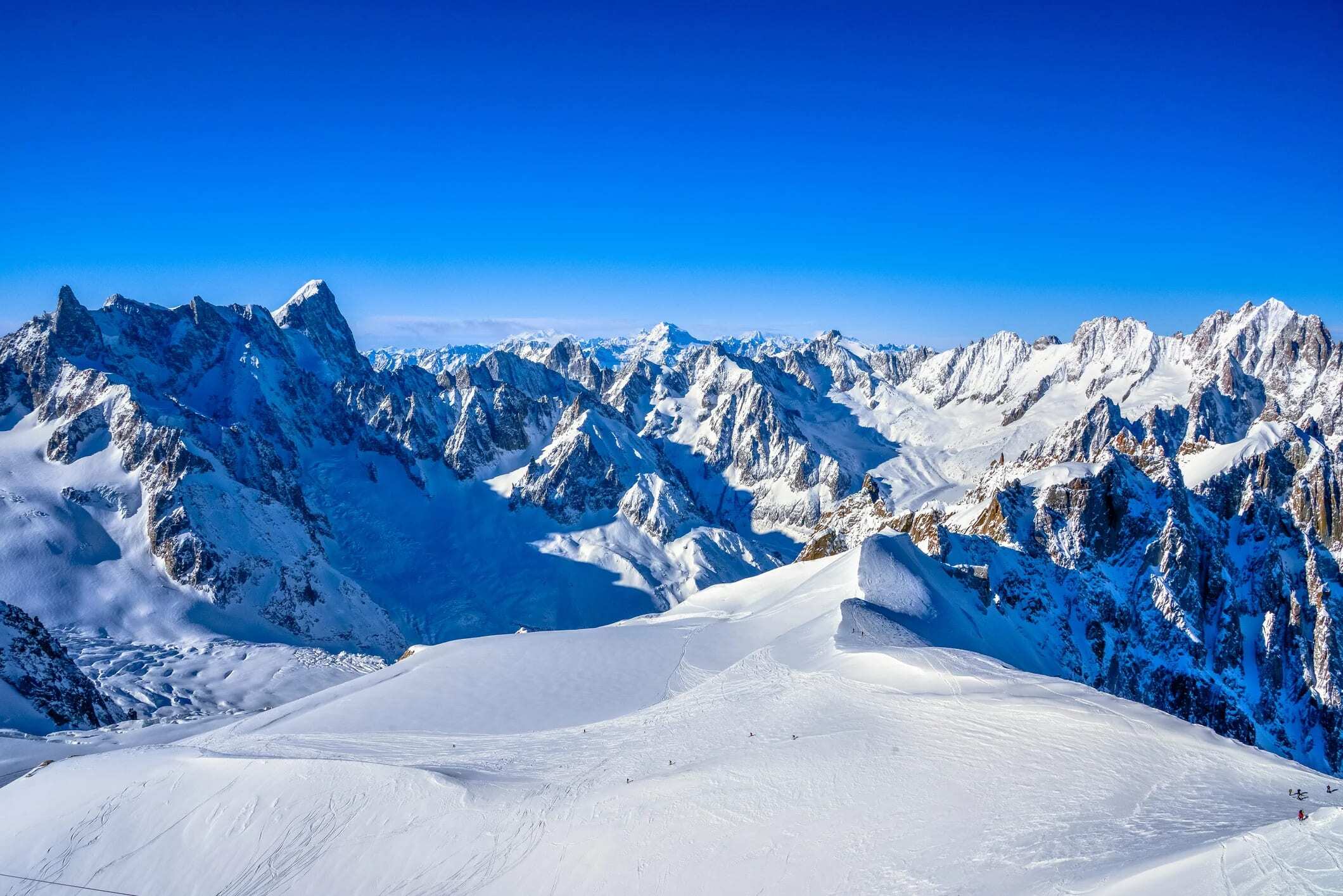
Mountain glaciers are more than just frozen rivers of ice; they are vital indicators of our planet's health. Found in high-altitude regions across the globe, these icy giants play a crucial role in regulating water supply, supporting ecosystems, and even influencing weather patterns. But how much do we really know about them? From their formation to their impact on local communities, there’s a lot to uncover. Did you know that some glaciers are shrinking at alarming rates due to climate change? Or that they can move several feet per day? Let's dive into 14 fascinating facts about these natural wonders that shape our world in more ways than one.
What Are Mountain Glaciers?
Mountain glaciers, also known as alpine glaciers, are massive ice formations found in high mountain ranges. These glaciers form from accumulated snow that compresses into ice over many years. They are crucial for water supply, climate regulation, and ecosystems.
-
Mountain glaciers are found on every continent except Australia. These ice giants exist in places like the Himalayas, Andes, Rockies, Alps, and even Africa's Mount Kilimanjaro.
-
They are formed from layers of snow. Over time, snow accumulates, compresses, and turns into dense ice. This process can take hundreds to thousands of years.
How Do Mountain Glaciers Move?
Mountain glaciers are not static; they move and flow due to gravity and internal deformation. This movement shapes landscapes and creates unique geological features.
-
Glaciers move through a process called basal sliding. The ice at the glacier's base melts slightly, allowing the glacier to slide over the bedrock.
-
Crevasses form due to glacier movement. These deep cracks appear in the ice as the glacier flows over uneven terrain.
The Impact of Mountain Glaciers on Landscapes
Mountain glaciers have a profound impact on the landscapes they inhabit. They carve valleys, shape mountains, and leave behind distinctive landforms.
-
Glacial valleys are U-shaped. Unlike river valleys, which are V-shaped, glaciers carve out wide, U-shaped valleys.
-
Moraines are formed by glaciers. These are accumulations of dirt and rocks that have been pushed along by the moving ice.
The Role of Mountain Glaciers in Climate
Mountain glaciers play a significant role in regulating the Earth's climate. They reflect sunlight, store freshwater, and influence weather patterns.
-
Glaciers reflect sunlight. Their white surfaces bounce sunlight back into space, helping to cool the planet.
-
They store vast amounts of freshwater. When glaciers melt, they release this water, which feeds rivers and lakes.
The Threats Facing Mountain Glaciers
Mountain glaciers are under threat from climate change. Rising temperatures cause glaciers to melt faster than they can accumulate new ice.
-
Glaciers are retreating worldwide. Many glaciers have shrunk significantly over the past century due to global warming.
-
Melting glaciers contribute to sea level rise. As glaciers lose ice, the water flows into the oceans, raising sea levels.
Interesting Facts About Mountain Glaciers
Mountain glaciers are fascinating and hold many intriguing secrets. Here are some lesser-known facts about these icy giants.
-
Glaciers can move up to 50 meters per day. While most glaciers move slowly, some can surge rapidly over short periods.
-
Blue ice in glaciers is very dense. The blue color comes from the ice's density, which absorbs all colors of light except blue.
-
Glaciers can create natural dams. When a glacier blocks a river, it can form a glacial lake, which may eventually burst and cause flooding.
-
Some glaciers are over a million years old. These ancient ice formations hold valuable climate records, providing insights into Earth's past climate.
The Icy Truth
Mountain glaciers, those majestic rivers of ice, hold more than just frozen water. They’re vital indicators of climate change, shrinking at alarming rates. These glaciers store about 69% of the world’s freshwater, making them crucial for water supply in many regions. They also shape landscapes, carving valleys and creating stunning scenery.
But their retreat isn’t just a loss for nature lovers. It impacts ecosystems, agriculture, and even local economies dependent on tourism. Understanding these frozen giants helps us grasp the broader implications of global warming.
From their formation to their slow, yet steady march, mountain glaciers tell a story of Earth’s past and future. As we witness their decline, it’s a stark reminder of our planet’s fragility. Let’s cherish and protect these natural wonders before they melt away completely.
Was this page helpful?
Our commitment to delivering trustworthy and engaging content is at the heart of what we do. Each fact on our site is contributed by real users like you, bringing a wealth of diverse insights and information. To ensure the highest standards of accuracy and reliability, our dedicated editors meticulously review each submission. This process guarantees that the facts we share are not only fascinating but also credible. Trust in our commitment to quality and authenticity as you explore and learn with us.


